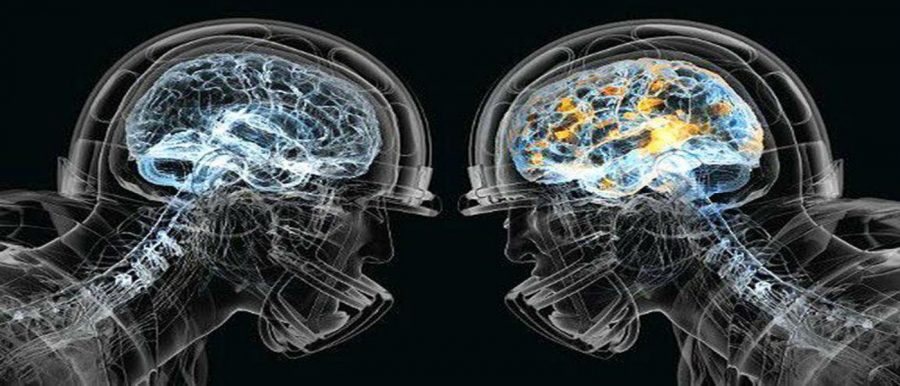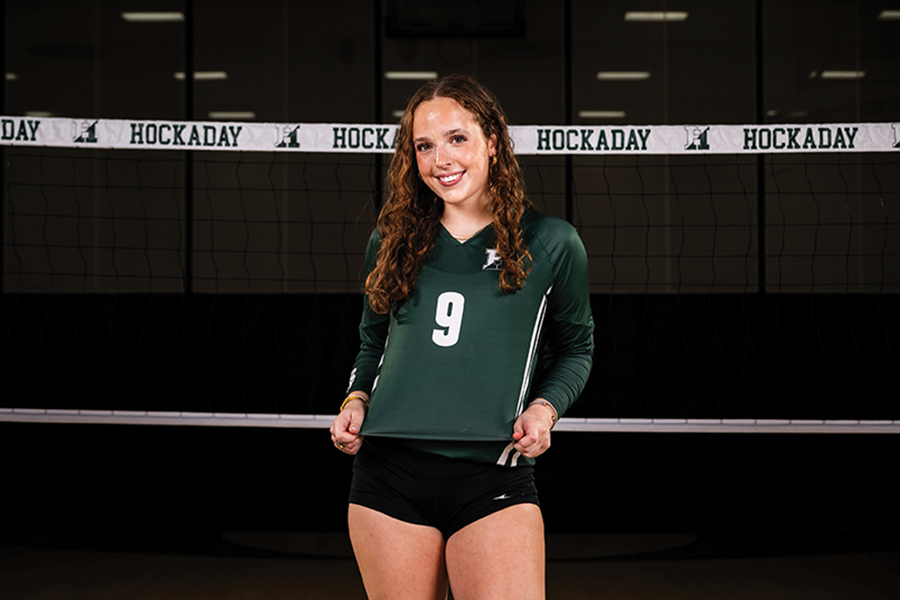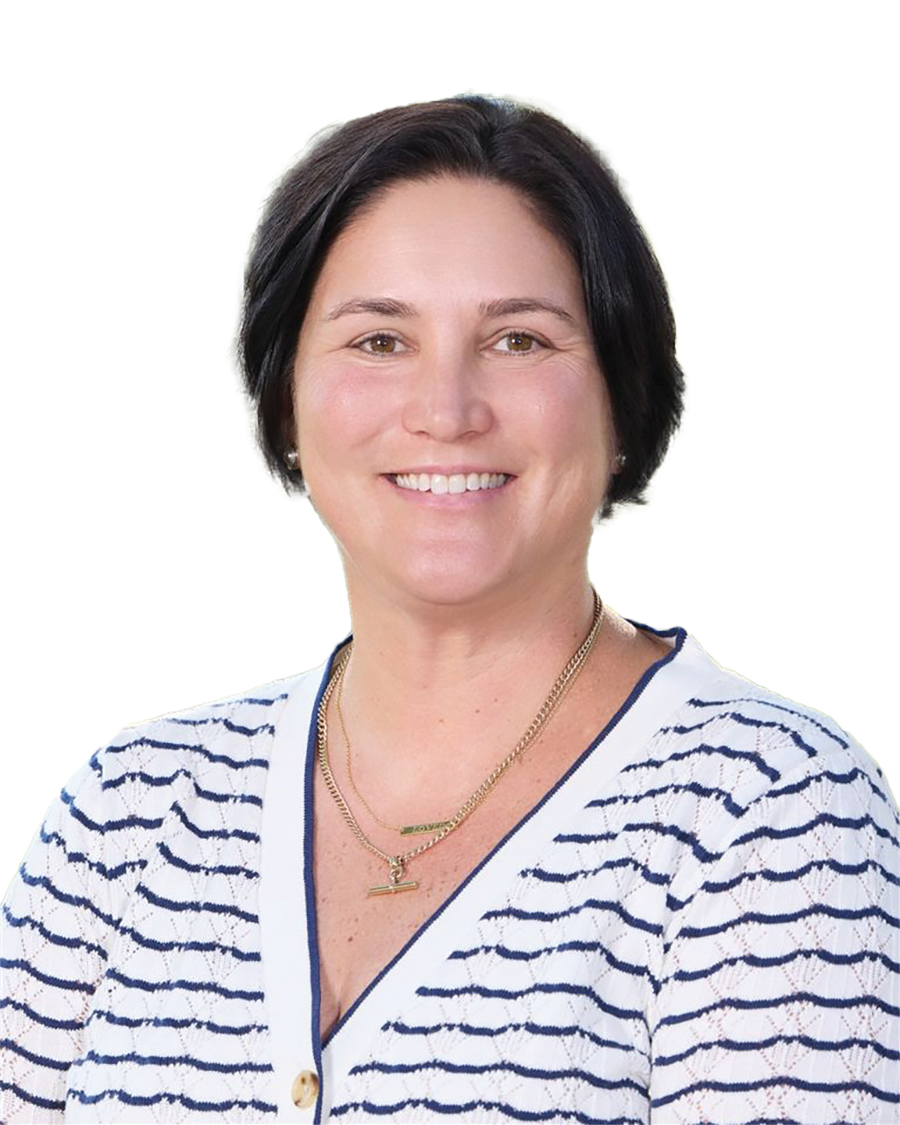Field Hockey varsity senior night on Oct. 28 was an emotional affair. The team had just lost a game to ESD 0-1, meaning that they lost the opportunity for a bye to start out SPC next weekend. When it came to the postgame ceremony, however, spirits palpably lifted as Head Coach Jennifer Johnson acknowledged each senior.
Early in the alphabetical roster, Johnson was overcome with tears. Manager Alexis Castillo, Form IV, was only second on the list, yet already the emotions were running high. Castillo played on the junior varsity field hockey team as a freshman, sophomore and junior, before injuries of a specific nature ended her on-field career: concussions.
Johnson noted how Castillo had fought back from these injuries multiple times, and even when she couldn’t join with a stick in hand, she stayed with the team this season as manager. Due to a Hockaday policy that stops athletes from participating in school sports after three concussions, Castillo was barred from playing field hockey this season.
The first was due to an errant ball hitting her in the forehead; the second occurred when she collided with an opposing player during a game. In senior year, she decided not to play field hockey, as she wanted to avoid a concussion in her last year of high school. Unfortunately, she suffered one while working out and even had to abandon her beloved post of manager when the noise at games became too much.
After each of Castillo’s three concussions, the comeback was more and more difficult. The process of waiting out her injuries was harder too.
“You’re supposed to be in a dark room and not talk to anybody or use your head, so you can’t do any work, you can’t be around loud noises, and sometimes the light affects you,” Castillo said. “Being isolated really takes a toll on you, because you go from this normal life to not normal anymore.”
Hockaday head athletic trainer Jeanne Olsen helps student athletes make that transition back to “normal” life.
“First of all, we remove [the student] from the contest or practice. Then they have to go either through myself or the health center,” Olsen said. “They have to see a physician and get released by that physician in order to start their progression in academics and back into sports.”
Helping students progress back into academics is something that Dr. Stephen Bunt, an athletic trainer at the Texas Health Ben Hogan Concussion Center, specializes in. The Ben Hogan Center has treated several Hockaday athletes in the past, including Castillo and fellow senior Mary Claire Wilson.
“One thing is to take the pressure off because kids at school feel a lot of pressure to perform and make good grades,” Bunt said. “We really try to make them feel like they’re not under pressure.”
This pressure is spreading to more and more teenagers. Though Castillo’s injuries are ones that hit close to home for many in the Hockaday community, whether as teammates or classmates, they’re part of a situation that’s becoming more and more common.
According to an Oct. 11 CNN report, concussion rates in patients aged 10 to 19 have raised 71 percent since 2010.
At Hockaday, this statistic is evident in the 37 students out of 100 surveyed who have suffered at least one concussion.
As healthcare professionals, both Olsen and Bunt have opinions on why this increase is happening. For Olsen, it’s a side effect of something that’s actually good: more and more kids these days are involved in sports and dance. When they’re engaged in this physical activity, the probability for an injury like a concussion rises.
On the other hand, Bunt thinks there might not be a rise at all. Using his knowledge from his research at UT Southwestern Medical School, he pointed out that in the NFL, concussion rates are actually down, even though the public hears a lot of information about this hot-button issue.
“I think that sports are becoming safer. Football’s been changing its rules – you look at the NFL, and concussion rates are down,” Bunt said. “That’s why I’m involved in research. We’re trying to get a handle on how to make sports safer.”
In addition to playing and practicing safely, Bunt cited good equipment and good playing fields, as well as good conditioning, as ways to avoid concussions. He said that core strength is key, and both he and Olsen identified the most important place to condition to cut down on the chance of being concussed: the neck.
“There are several ways you can get a concussion; you don’t always have to hit your head,” Olsen said. “The impact and the force of the neck flection and extension all at once sometimes causes the brain to ram into your head and get a concussion. If you have strong neck muscles, the head doesn’t go quite as far back.”
When students do suffer concussions, healthcare professionals’ first points of contact are with the schools. The rising number of high school students with concussions means that more and more often, they must miss school to recover.
“You’ve been away from the classroom, away from electronics, away from light,” Olsen said. “Just getting re-acclimated to those things is a slow progression in itself.”
Bunt agrees. He said that the best thing schools can do is help students with individualized plans of action to best re-enter academic life.
“The key things are just avoiding triggers – if noise bothers you, then you find a way to avoid noise; if light bothers you, you wear sunglasses,” Blunt said. “You cut down on the amount of work.”
With the help of athletic trainers like Olsen and Bunt, high school athletes are working to come back from concussion. With more and more data coming to light and studies being performed, even giant sports organizations like the NFL are making strides to prevent and treat concussions. And of course, students like Castillo are fighting the stigma around concussions, returning to school and remaining dedicated, invaluable members to their teams.
– Maria Katsulos – Business Manager












